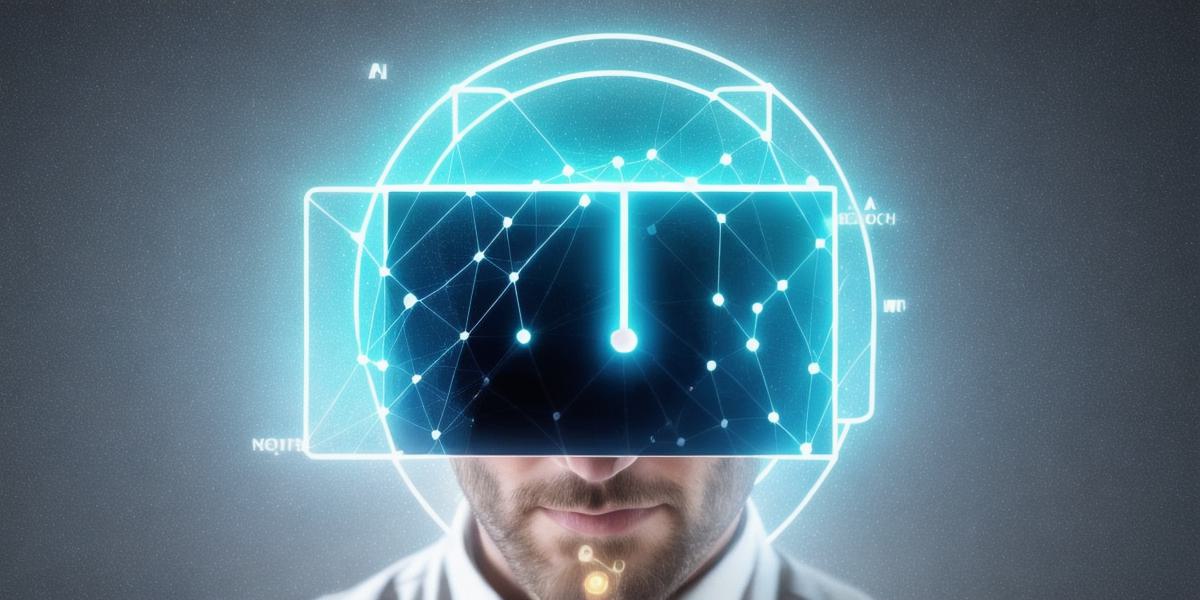Decentralized Identity: A Comprehensive Guide for Web 3 Development

In today’s digital world, our personal information is scattered across countless platforms and devices. From social media to online shopping and banking, our data is constantly being collected, stored, and used by companies and organizations without our full understanding or control. This has led to concerns about privacy, security, and the potential for misuse of our information.
Enter decentralized identity (dID), a new approach to managing our digital identities that puts us back in the driver’s seat. dID offers a secure, private, and portable way to store and share our personal data, without relying on centralized authorities or intermediaries. In this comprehensive guide, we will explore the power of decentralized identity and how it can transform the way we interact with the digital world.
What is Decentralized Identity?
Decentralized identity (dID) refers to a system for managing personal data that is distributed across a network of computers, rather than being stored in a single central location. dID allows individuals to control their own personal data, choosing what information they share and with whom, without the need for intermediaries such as social media platforms or identity providers.
dID is built on blockchain technology, which provides a secure and transparent way to store and share data. By using cryptographic keys, dID allows individuals to prove their identity without revealing sensitive information, making it possible to verify identities without relying on centralized authorities.
The Benefits of Decentralized Identity
Decentralized identity offers numerous benefits over traditional methods of managing personal data. Some of the key advantages include:
- Privacy and Security: dID allows individuals to control their own personal data, choosing what information they share and with whom. This means that sensitive information such as social security numbers or bank account details are not exposed to third parties without the individual’s explicit consent.
- Portability: With dID, individuals can easily transfer their personal data between different platforms and devices, making it easier to manage their digital identity across multiple accounts.
- Decentralization: dID eliminates the need for centralized authorities or intermediaries, reducing the risk of data breaches or misuse by third parties.
- Interoperability: dID allows different systems and platforms to communicate with each other more easily, making it possible to share data across multiple networks and applications.
Case Studies and Personal Experiences
There are numerous examples of how decentralized identity is being used in practice. One notable case study is the development of Sovrin, a decentralized identity platform that is being used by governments, financial institutions, and other organizations to improve data sharing and privacy.
Another example is the use of dID in the healthcare industry, where it can be used to securely share patient data between different providers and organizations. This can help to reduce errors, improve patient outcomes, and enhance overall patient safety.
Research and Experiments

There is a growing body of research on decentralized identity, exploring its potential benefits and limitations. For example, a recent study published in the journal Nature Communications found that dID can be used to protect user privacy while still allowing for effective data sharing.
Experiments with dID are also ongoing, with many organizations and individuals exploring its potential use cases. One notable example is the development of Civic, a decentralized identity platform that is being used to verify identities in the e-voting space.
The Future of Decentralized Identity
Decentralized identity is still in its early stages, but it has already shown significant potential as a way to improve privacy, security, and interoperability in the digital world. As more organizations and individuals adopt dID, we can expect to see further developments and innovations in this area.








